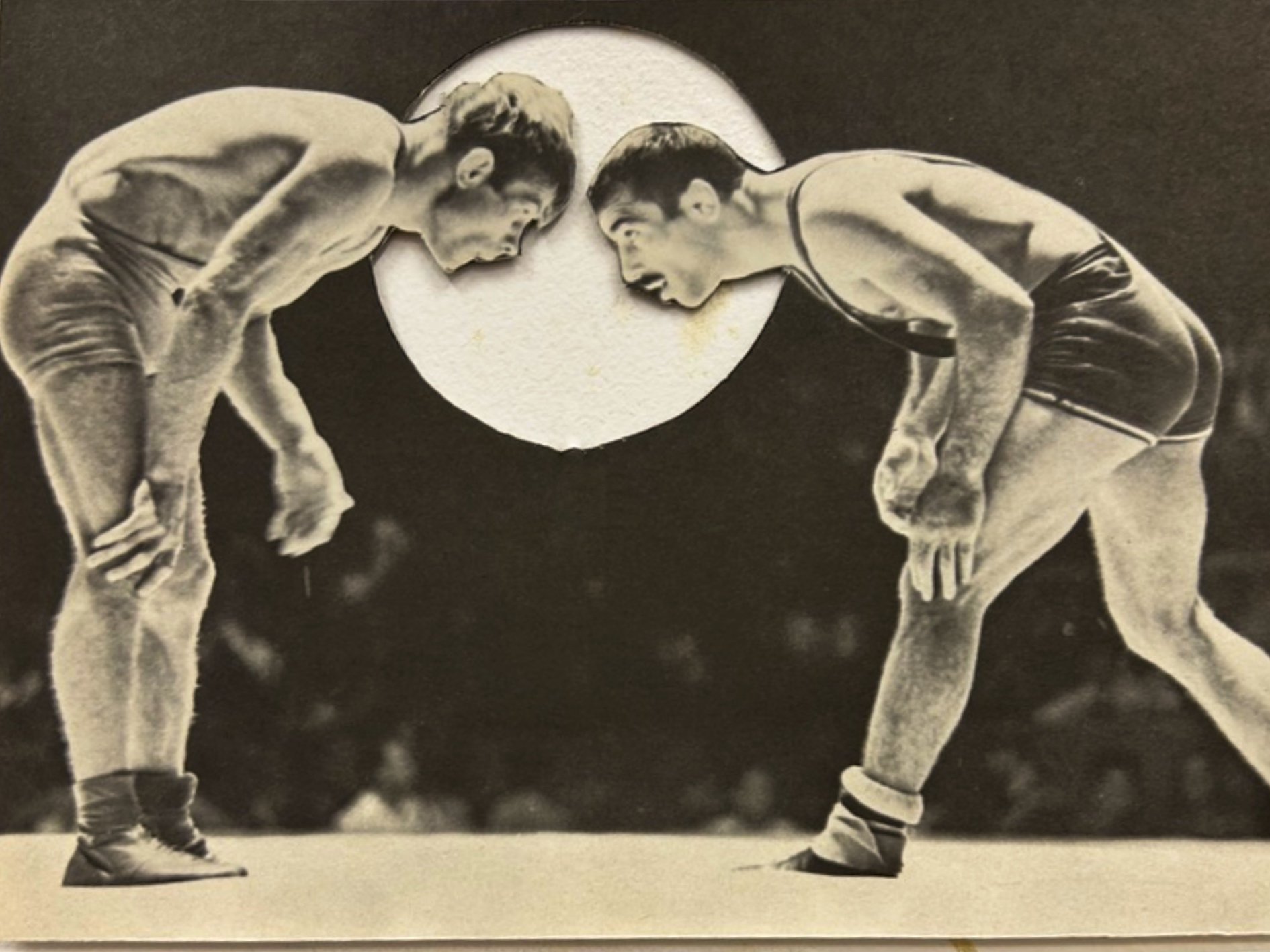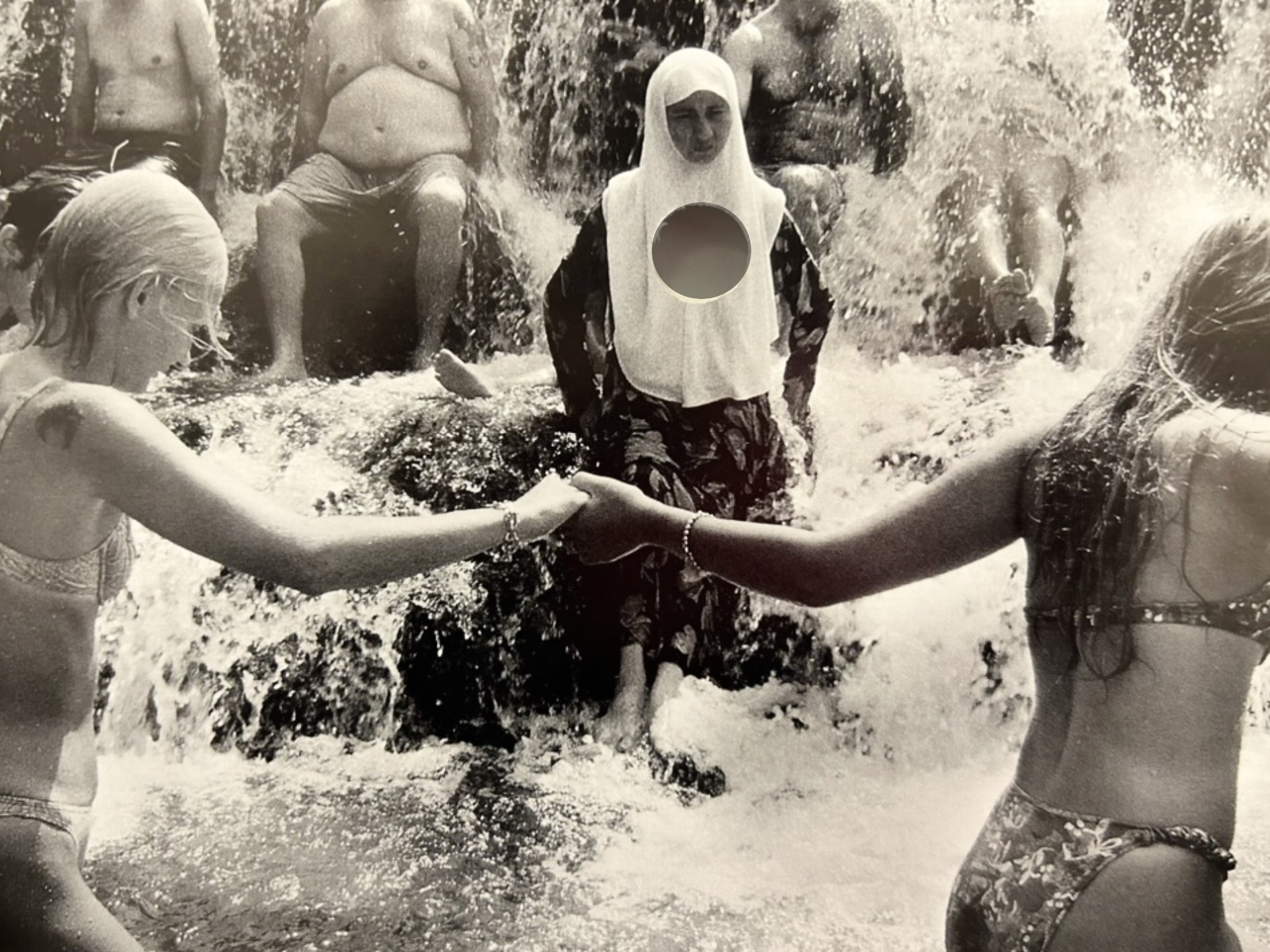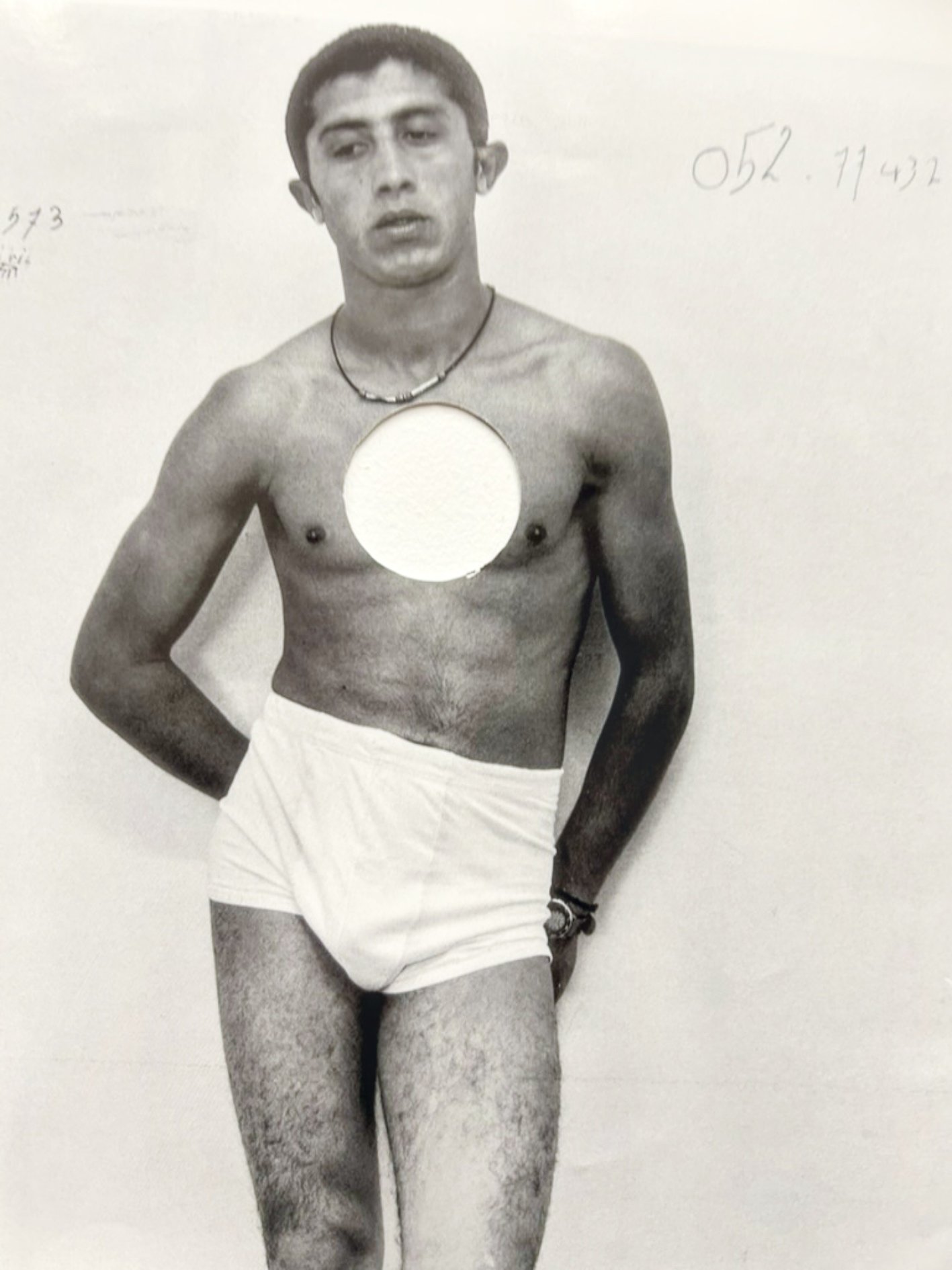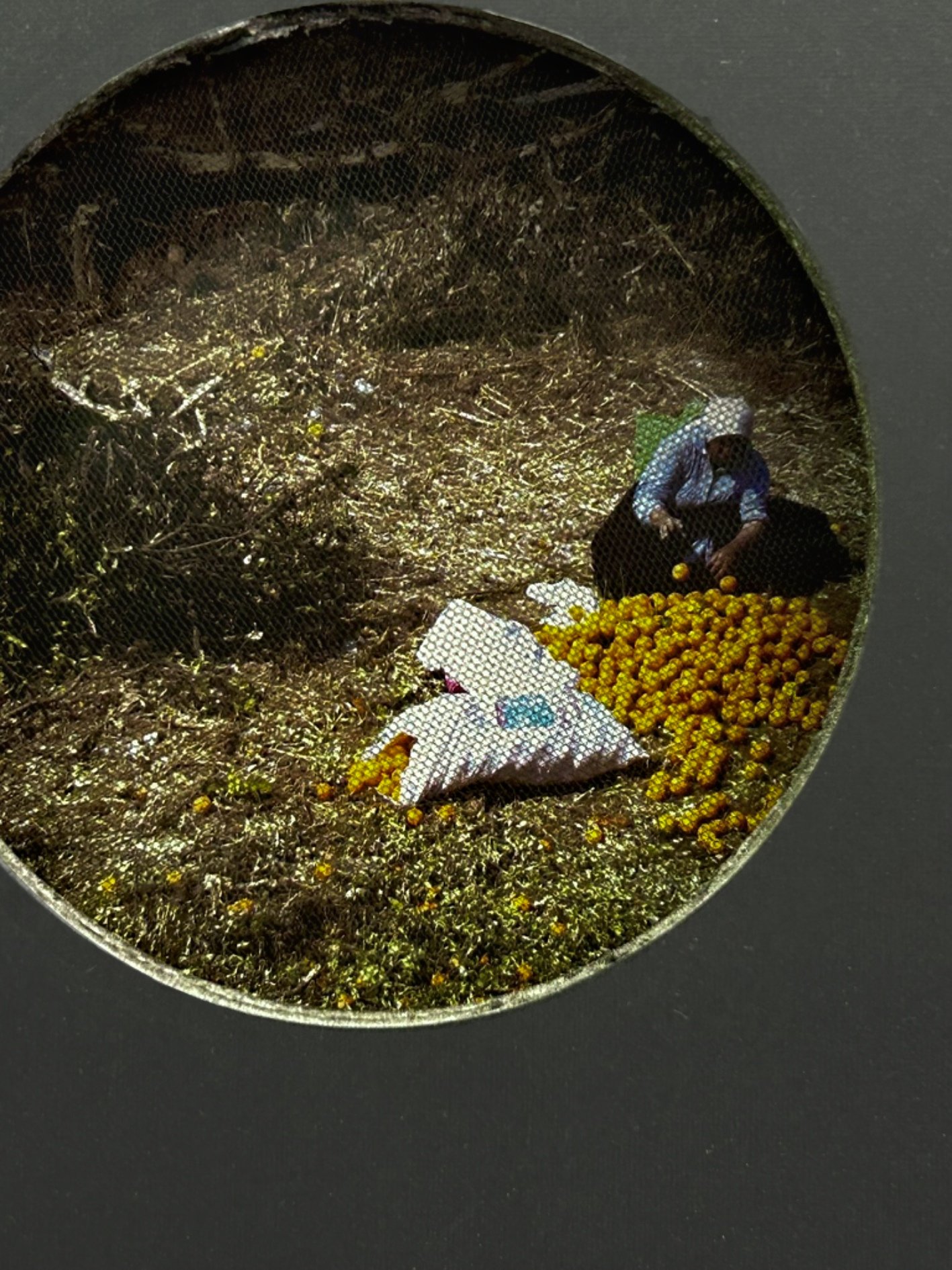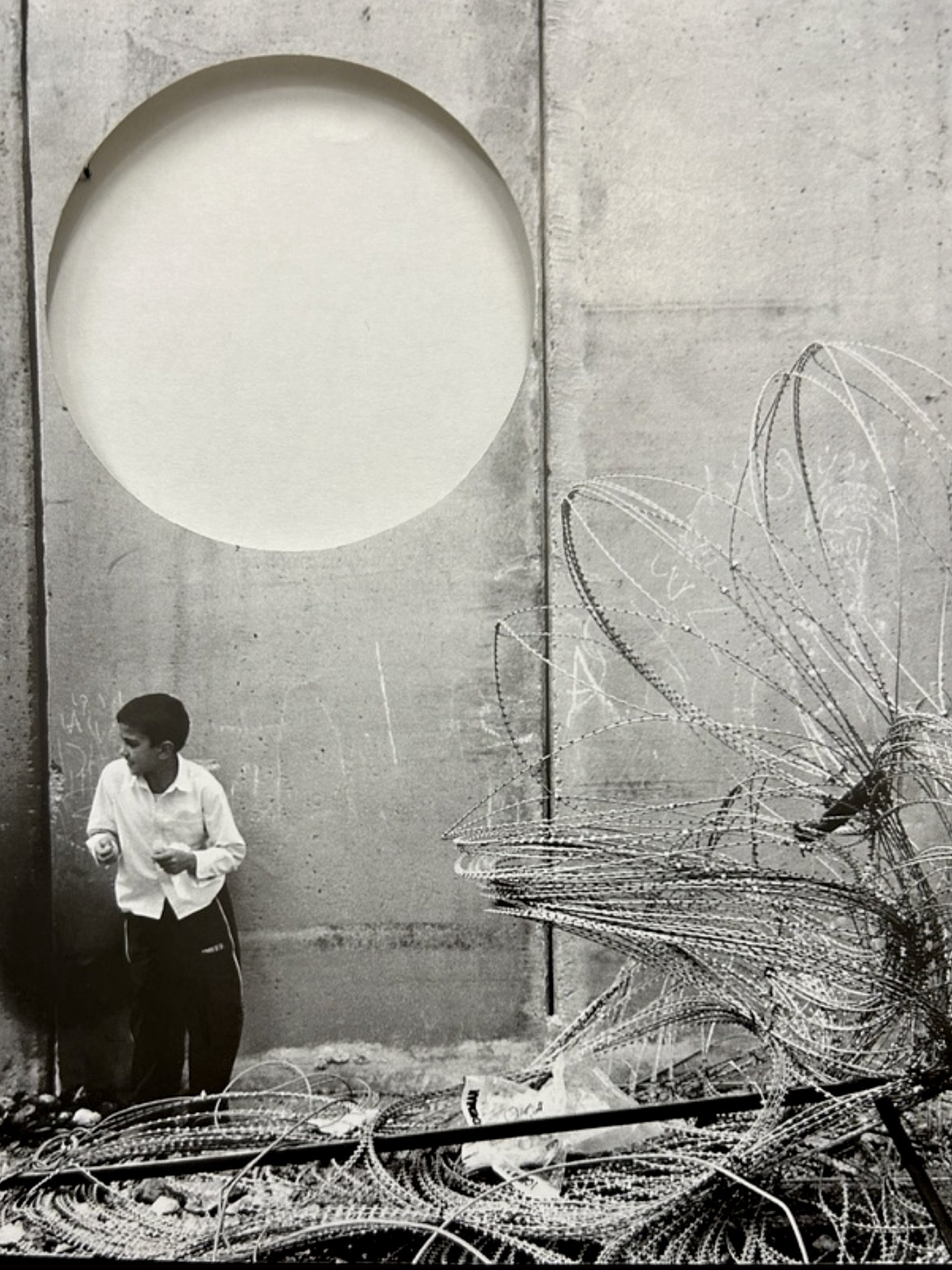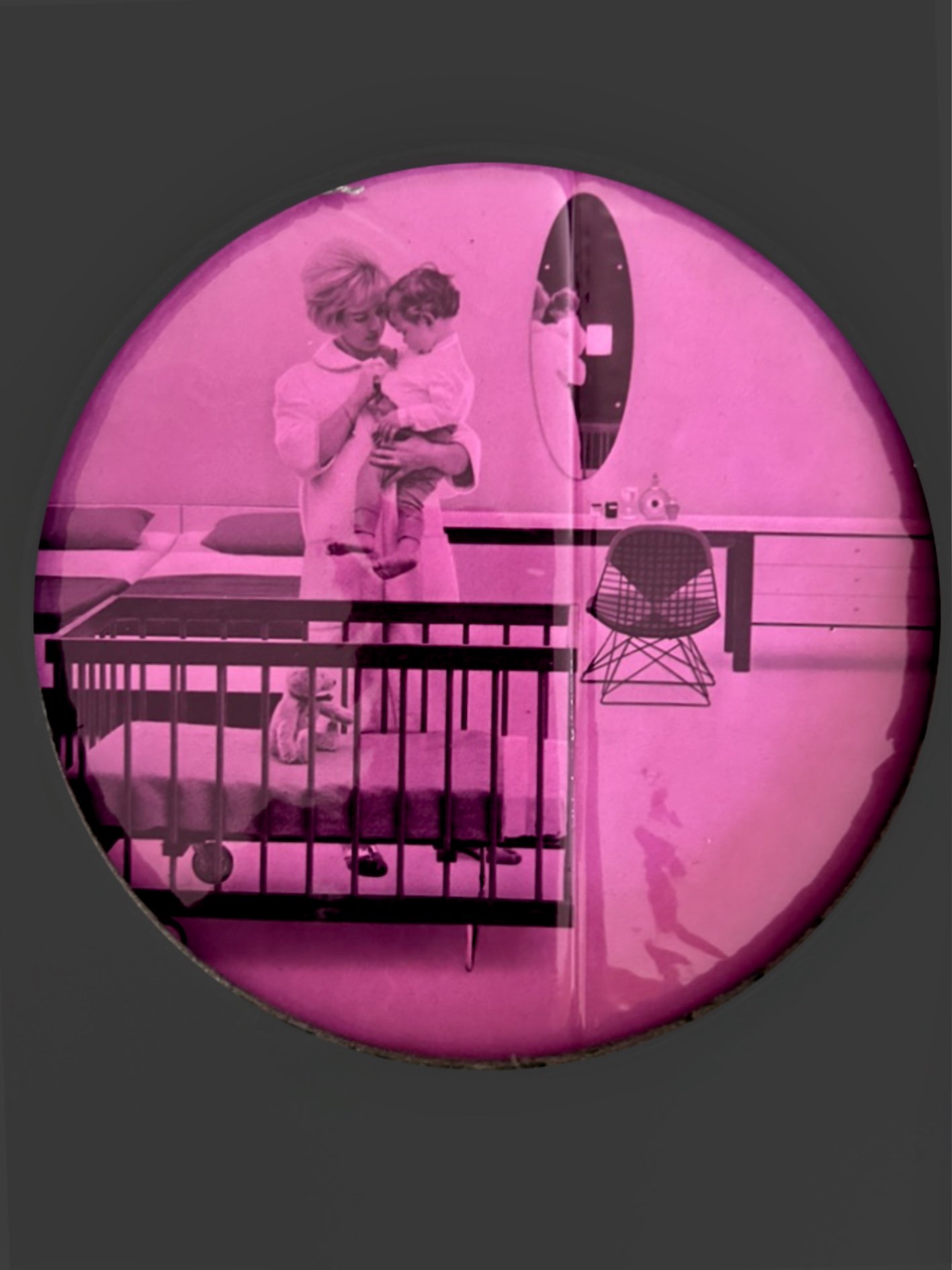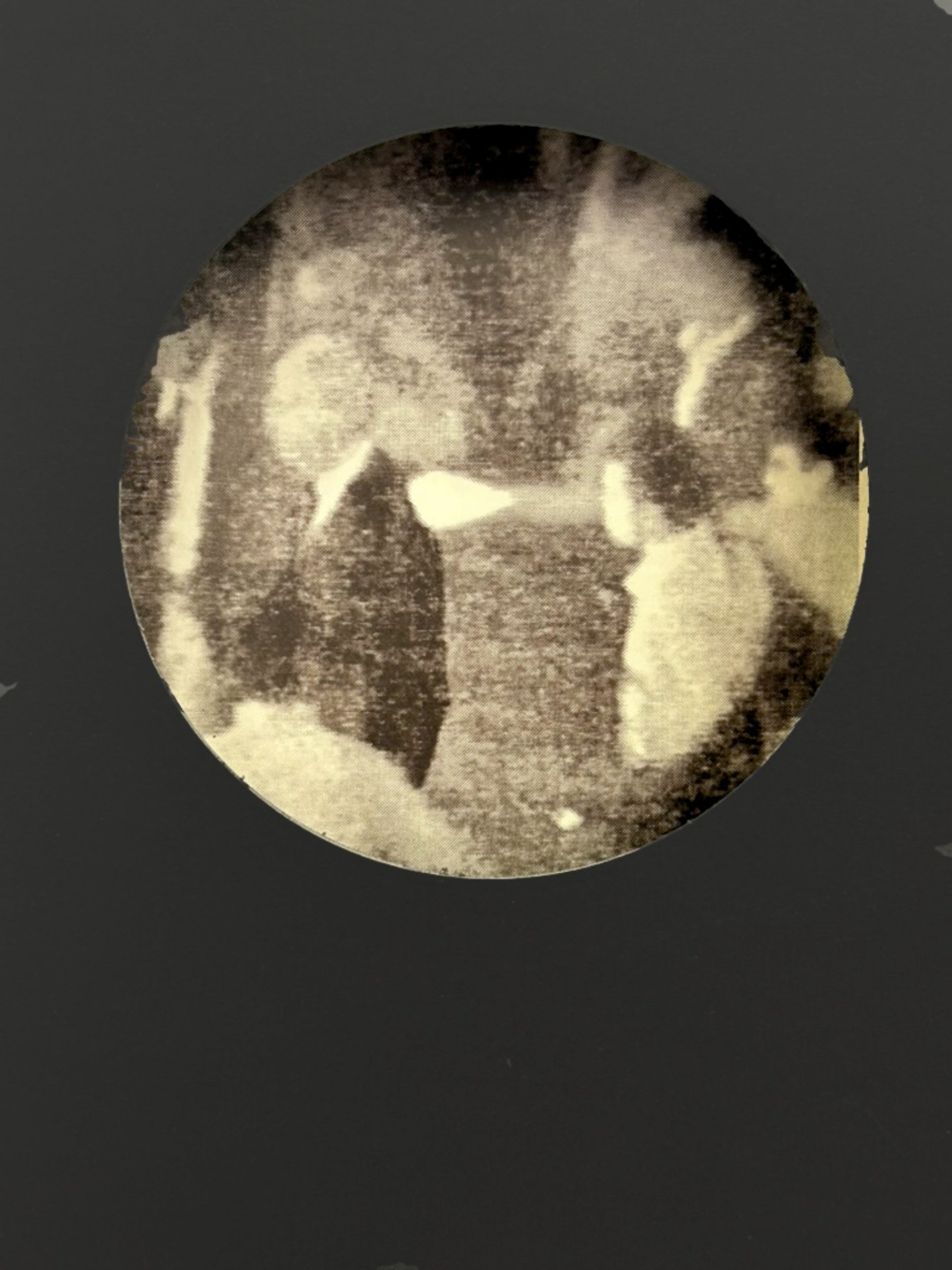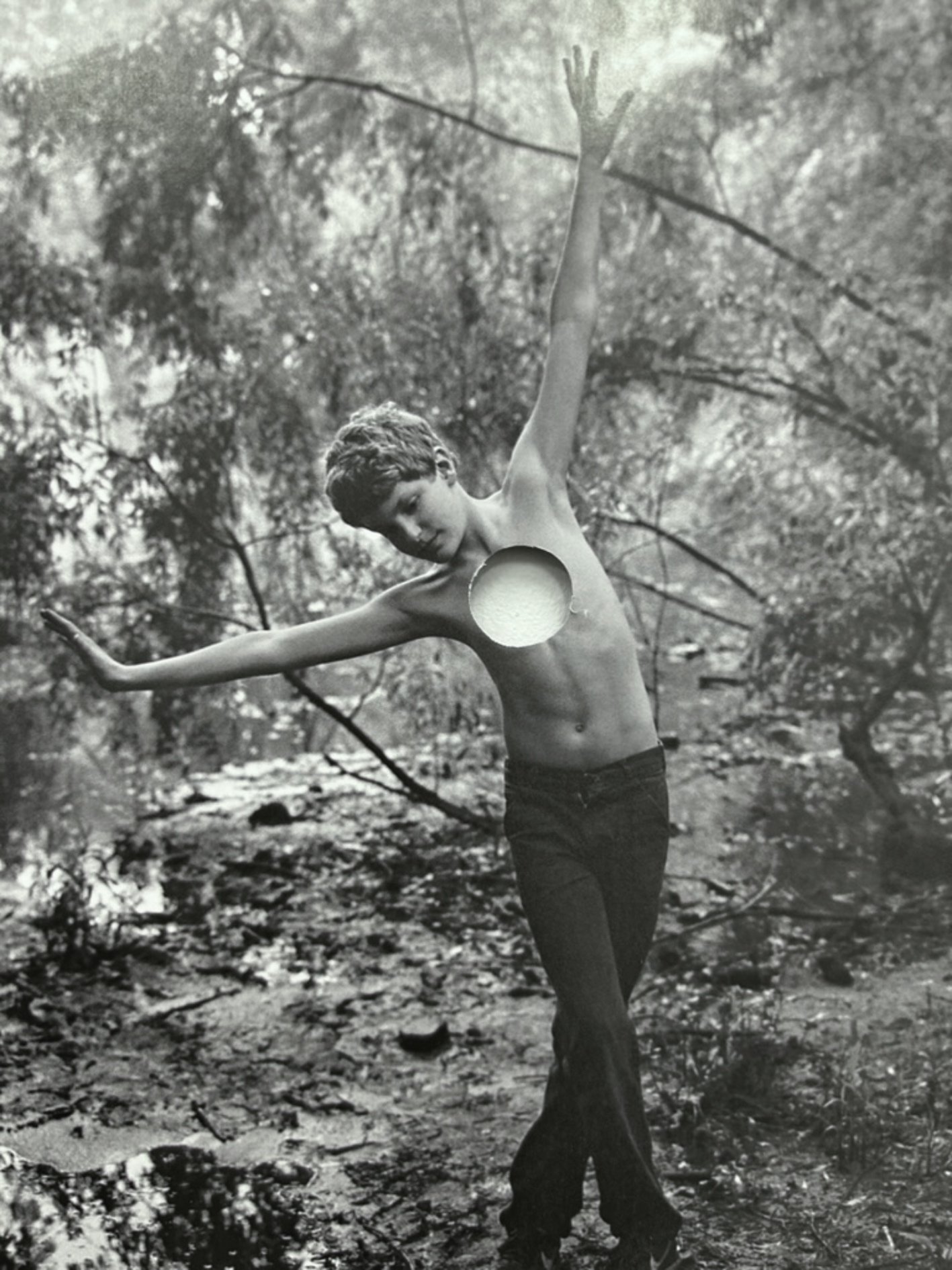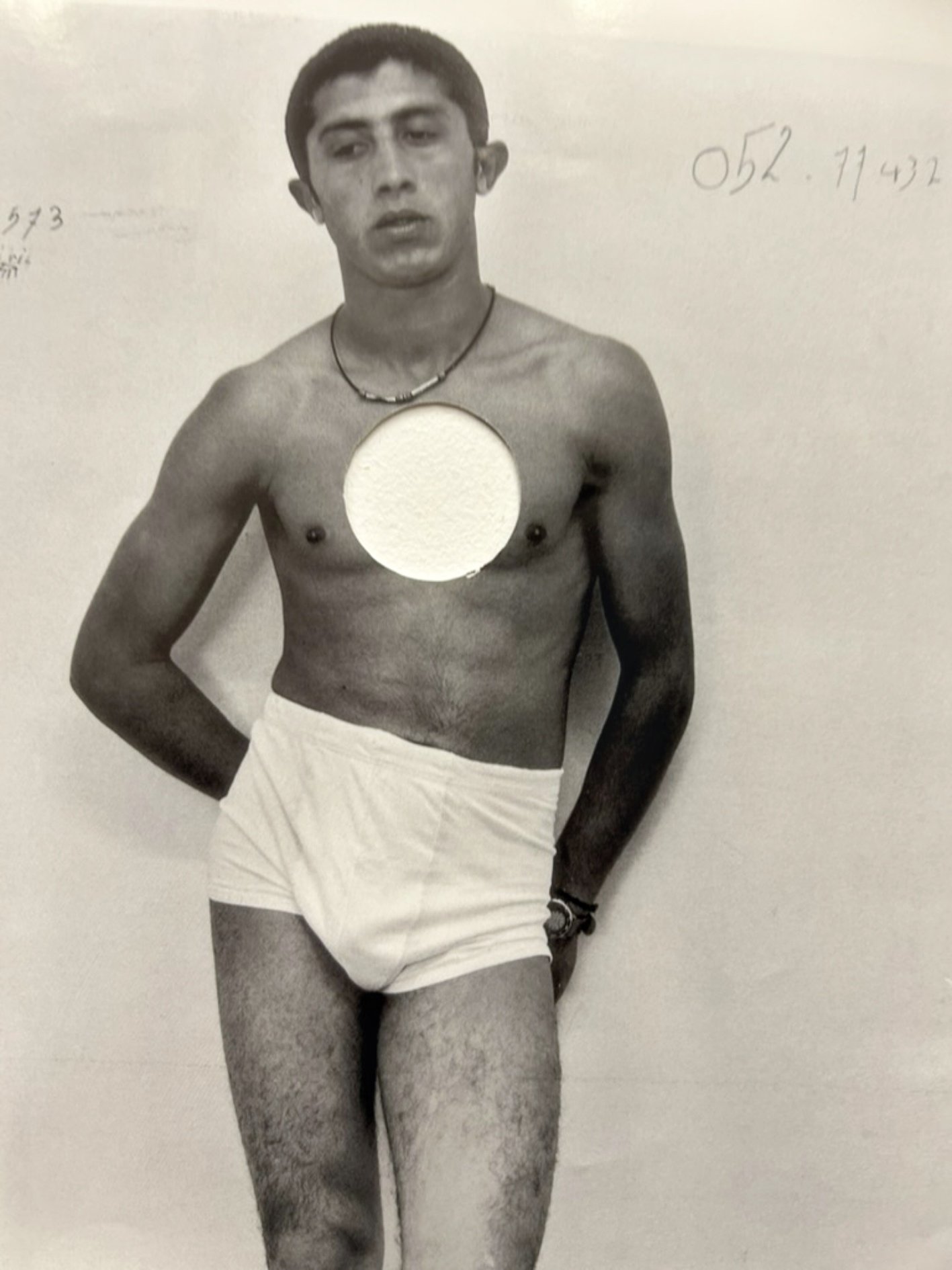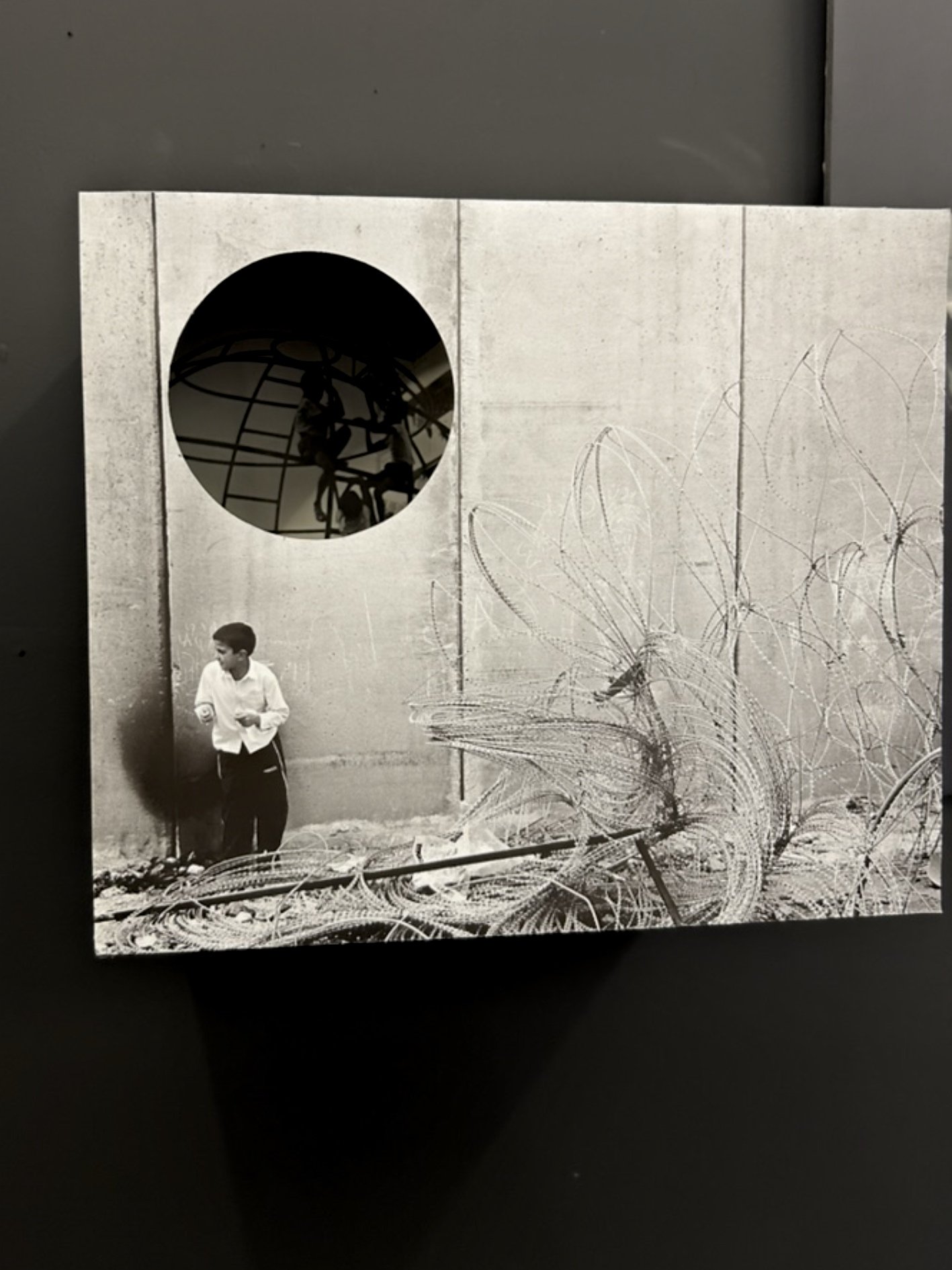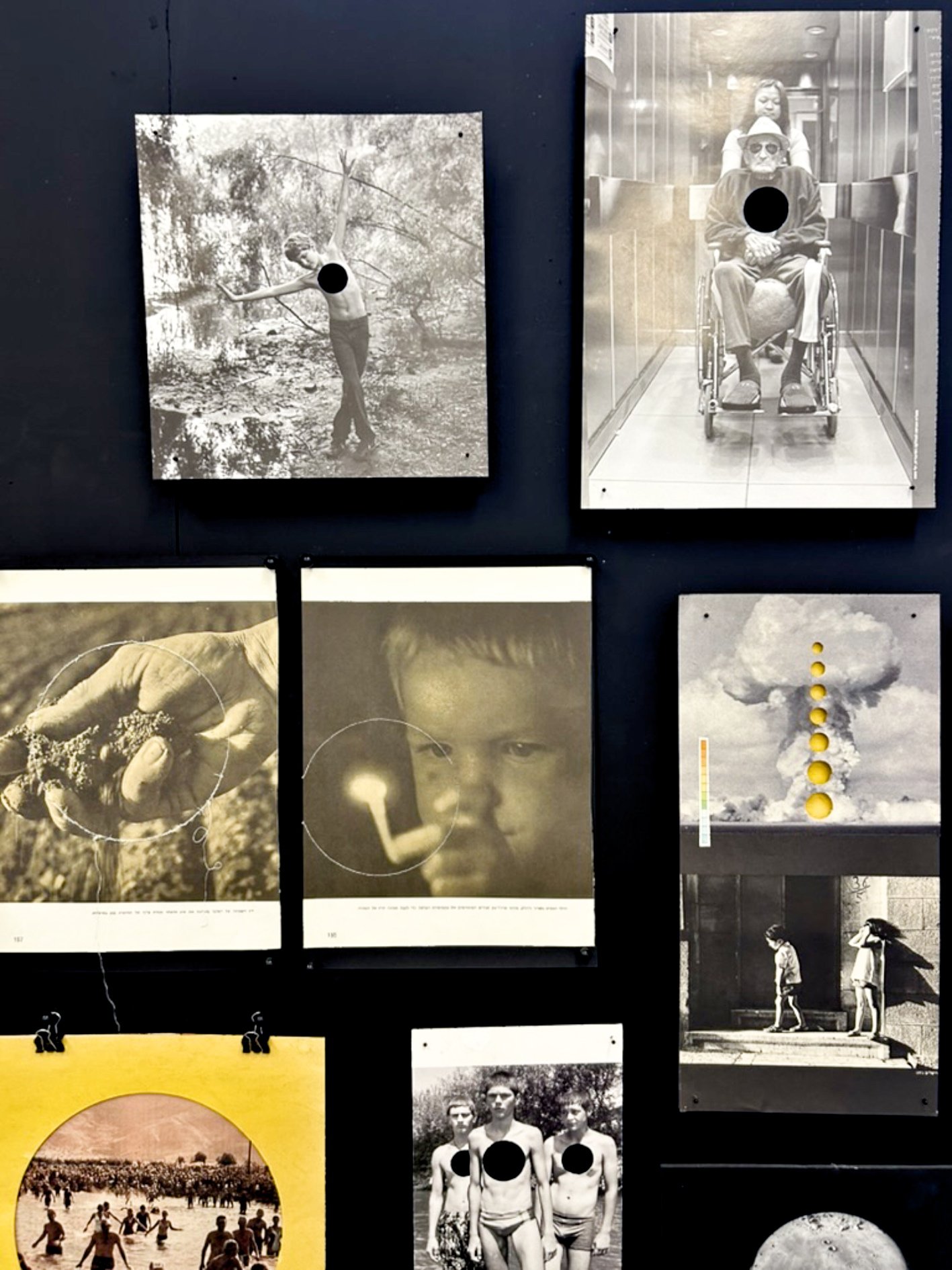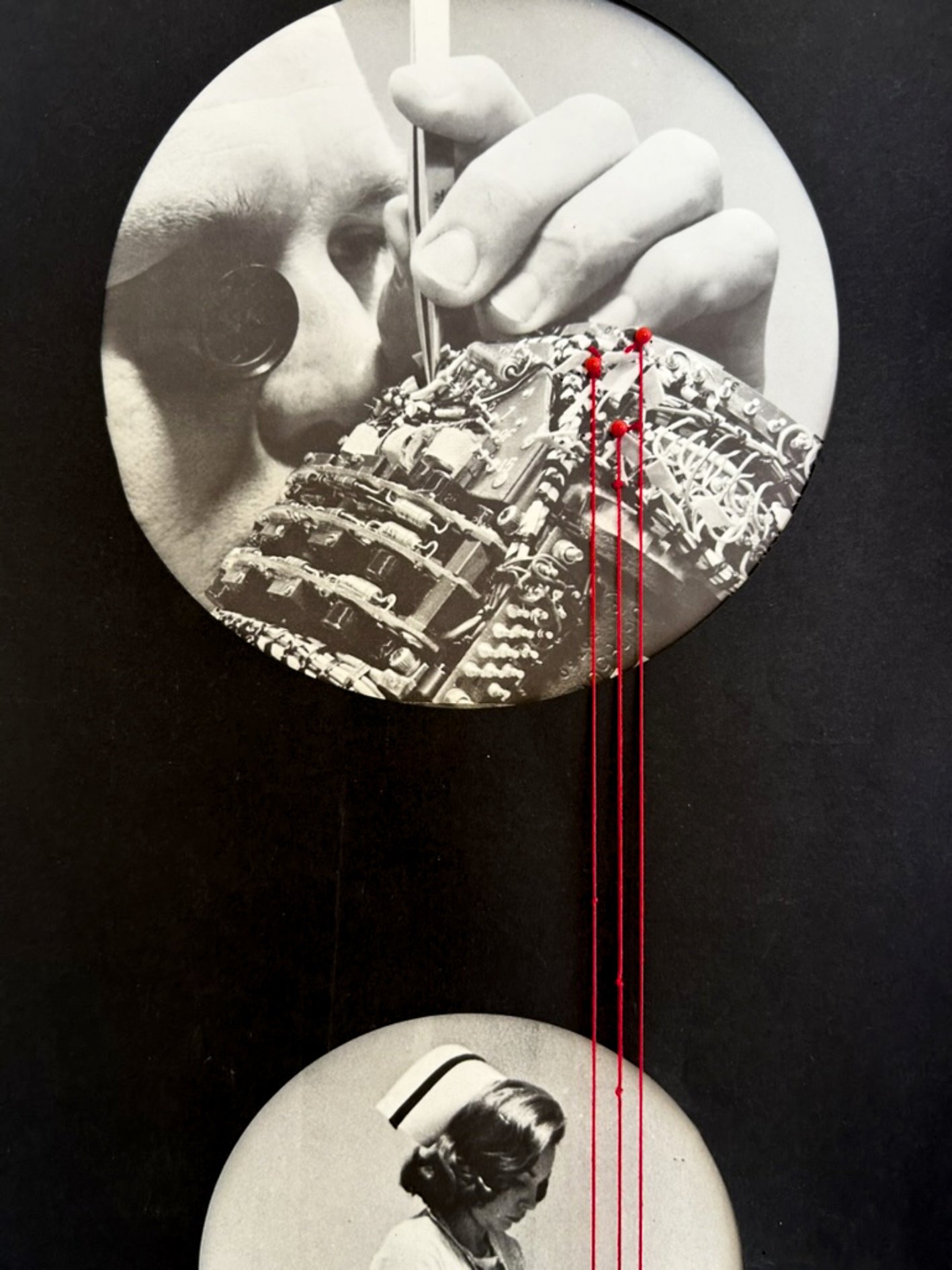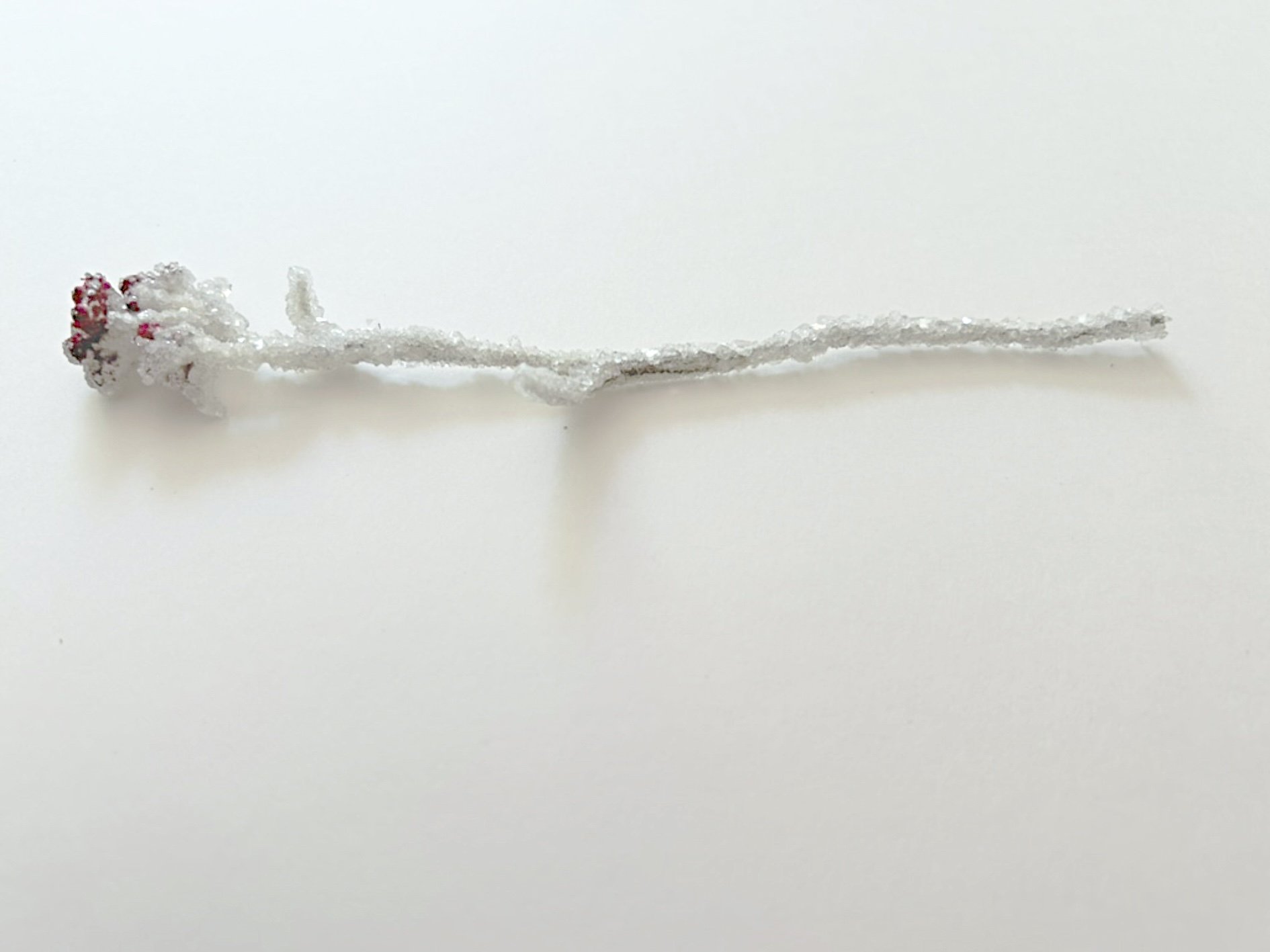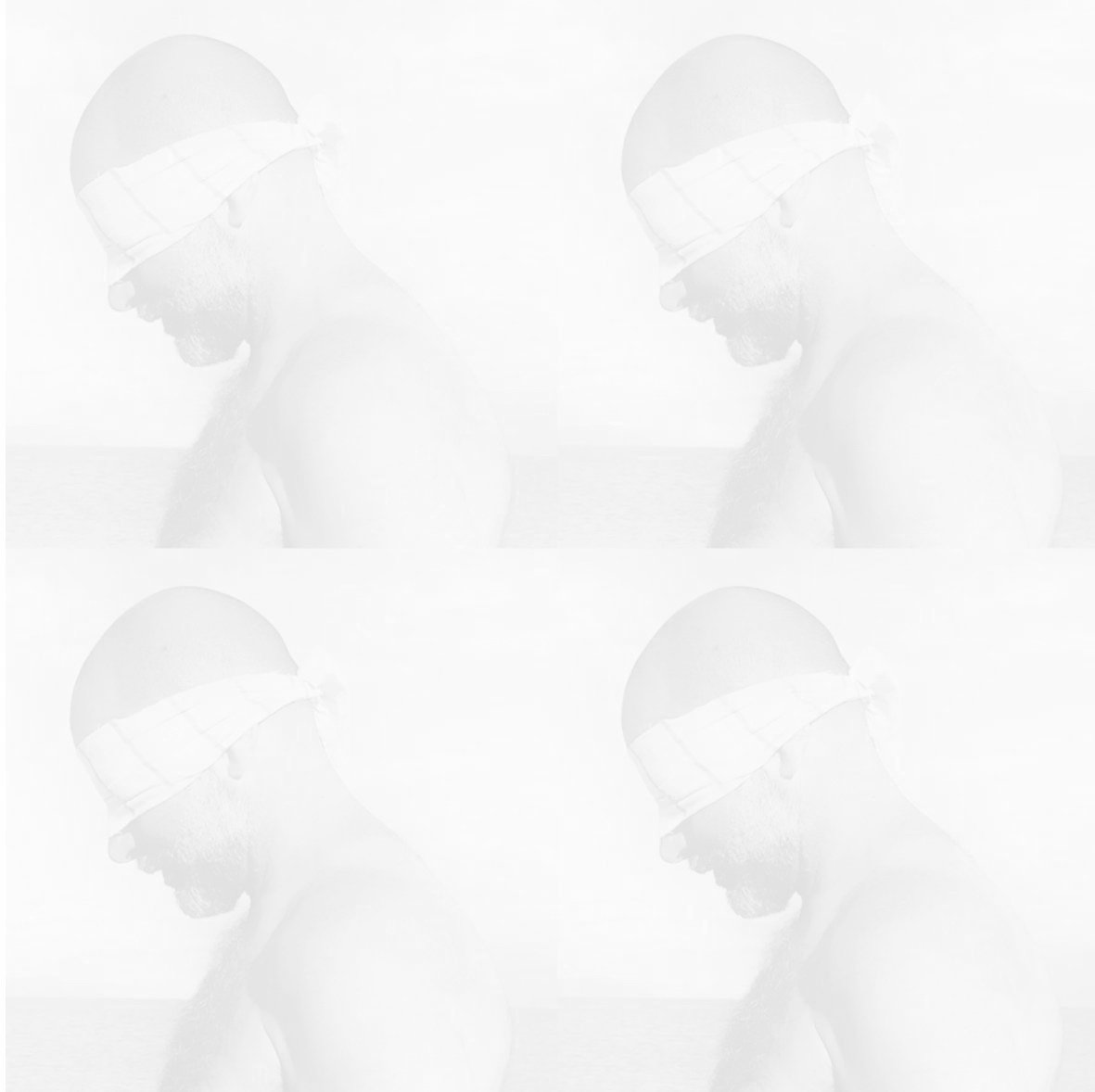
Topography of Terror:
Image from Home
In Topography of Terror, I am not just mapping a landscape, but mapping something far deeper—how violence, memory, and trauma leave permanent marks on both the world and the self. The concept behind this series revolves around how violence, both collective and personal, gets etched into surfaces—how these marks aren’t just physical, but psychological as well. For me, it's about understanding how trauma becomes inscribed in time and in the land, how it shapes us and the places we inhabit.
When I think of “topography,” I think not just of geography but of psychic landscapes. The surface of the land, just like the surface of our bodies, holds the scars of past events. These scars become the topography—the physical and emotional landscapes shaped by history, by loss, by violence. It's as if these experiences imprint themselves onto us, just as nature shapes the earth through erosion, impact, and time.
The fragility of paper is central to this work. I use paper because it’s both delicate and resilient, a material that mirrors memory itself. Memories are fragile—they fade, shift, and break—but they also hold a kind of resilience. In the series, I layer paper to represent this—each layer symbolizing the way memory builds over time, sometimes hiding parts of what has happened, sometimes revealing others. The textures I use, such as threads and marks, reflect the way memories are woven together, how they intertwine with our sense of identity, and how violence often leaves a trail that never really fades away.
For me, this work goes beyond just the material aspect. It’s about looking at how trauma gets inscribed in the body, in the landscape, and how we carry it with us. The topography of terror is not just about what is visible—it’s about what is hidden, what remains underneath the surface, what continues to shape us even when we try to move on. It’s about how history, violence, and memory are all deeply interconnected.
In Topography of Terror, I reflect on the forces that shape us and the landscapes we live in. These works ask the question: How do we live with the scars of history? How do we remember, and what do we carry with us? I use these forms, these materials, as a way to process that—layering, stitching, marking, and constructing, all while trying to understand how we navigate a world that is shaped by both the seen and the unseen forces of the past.
